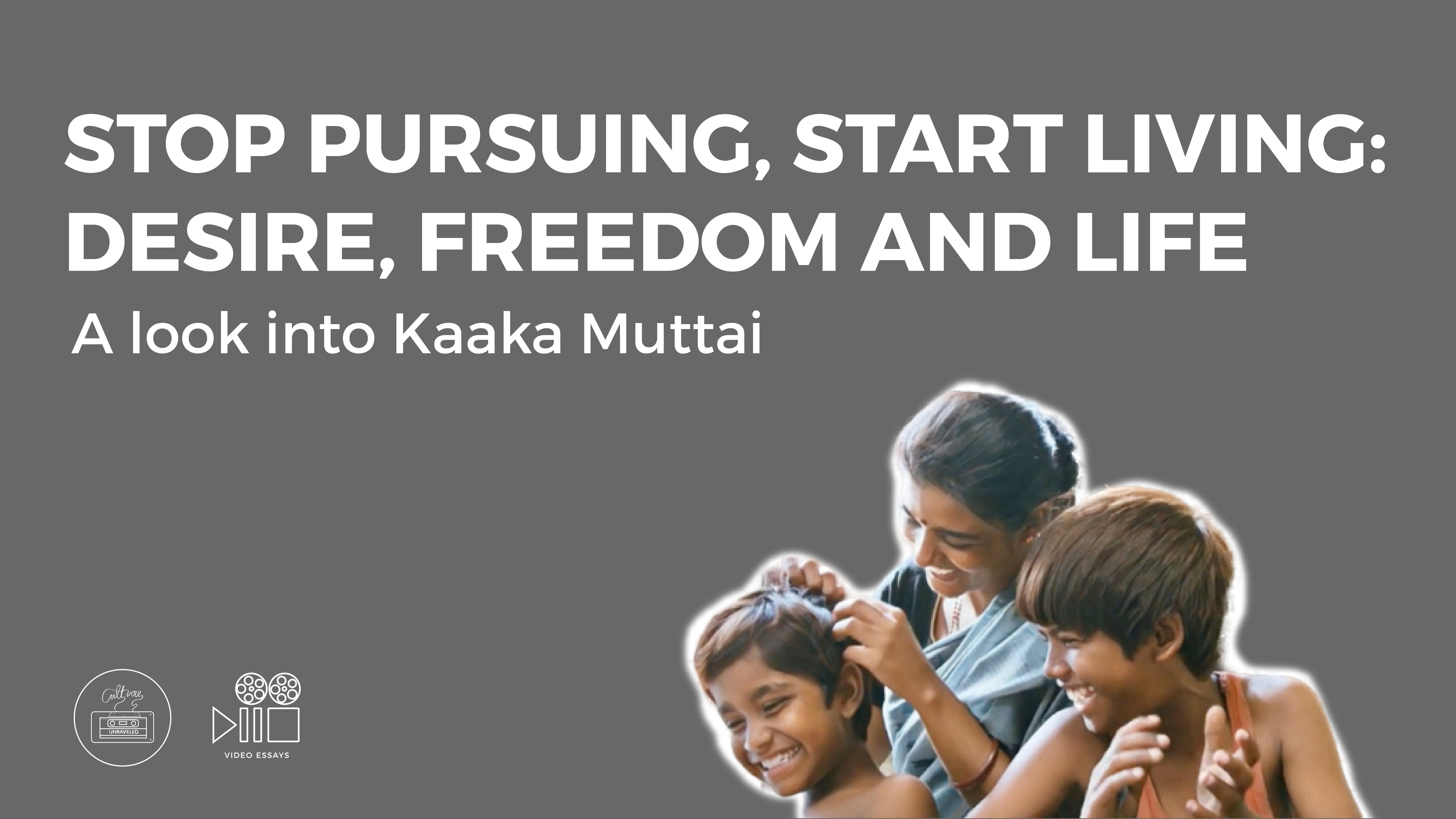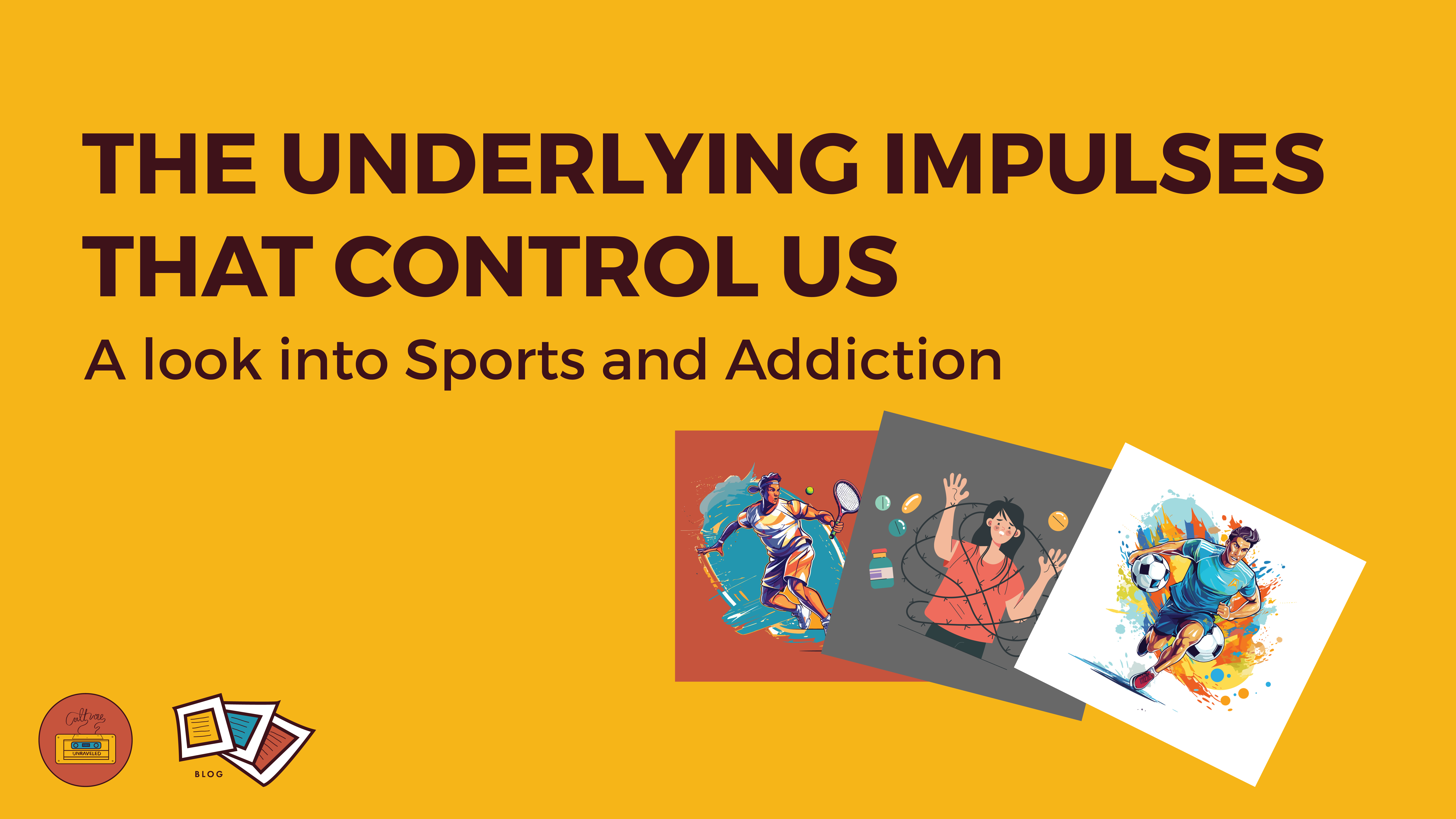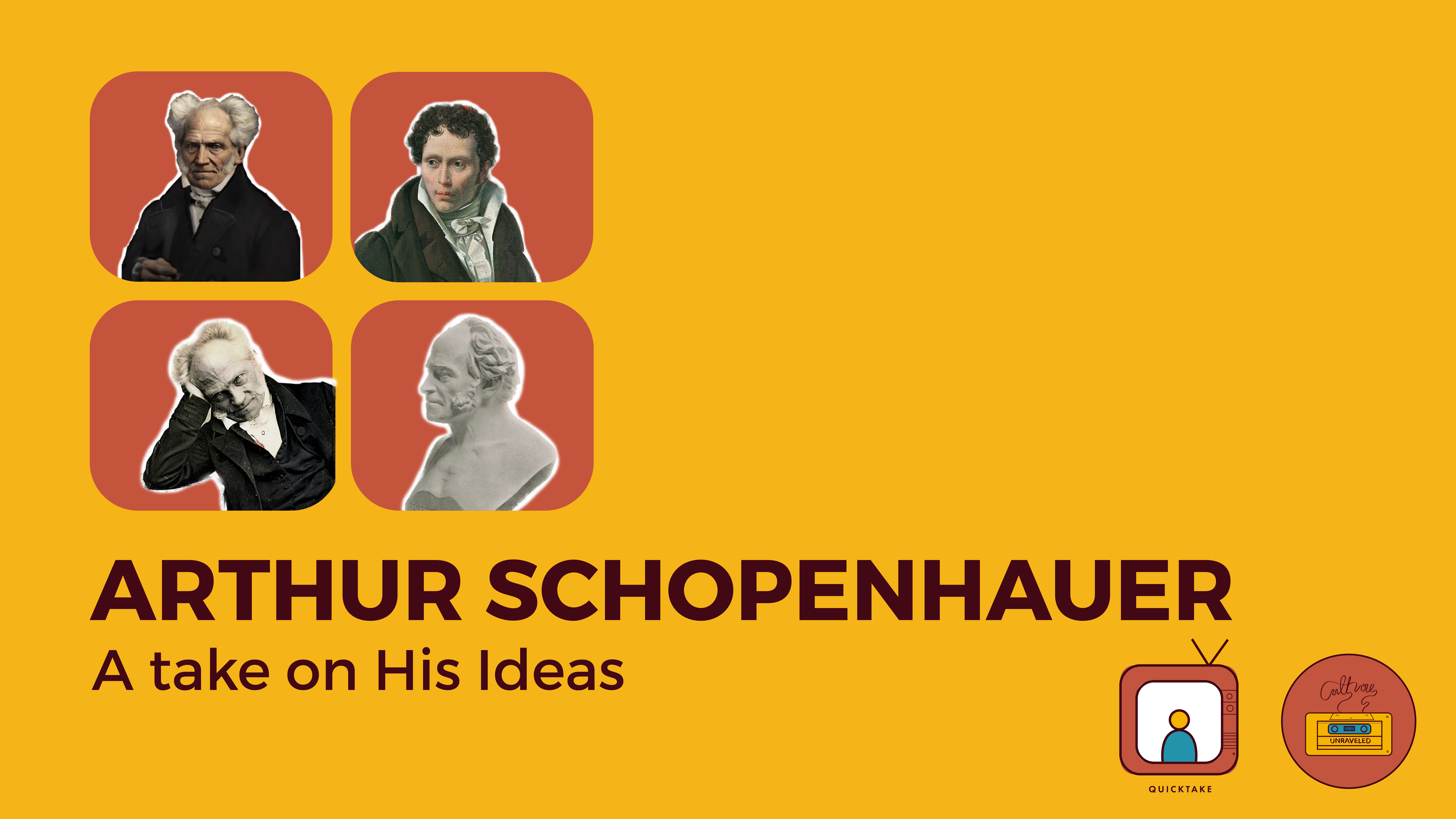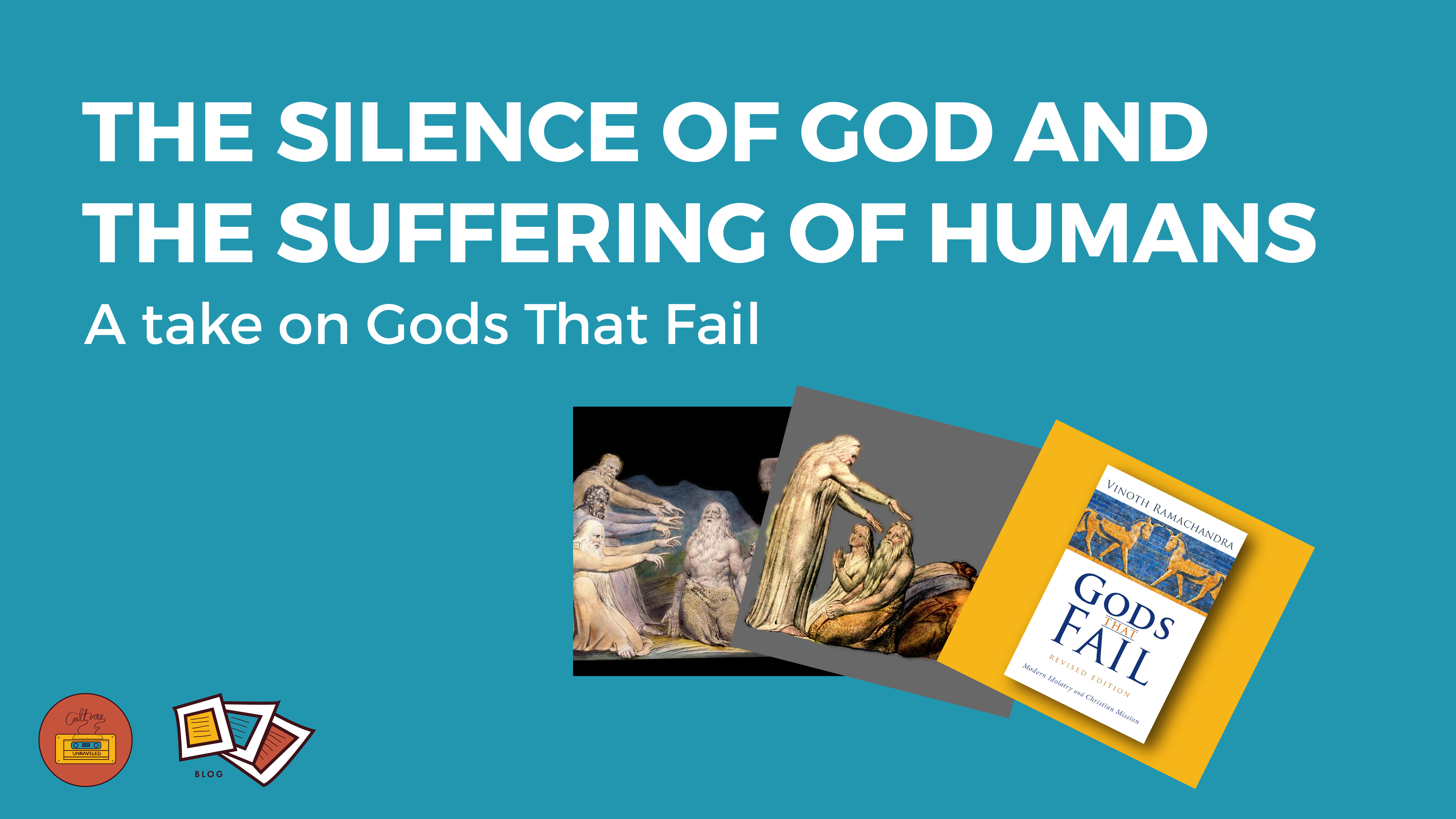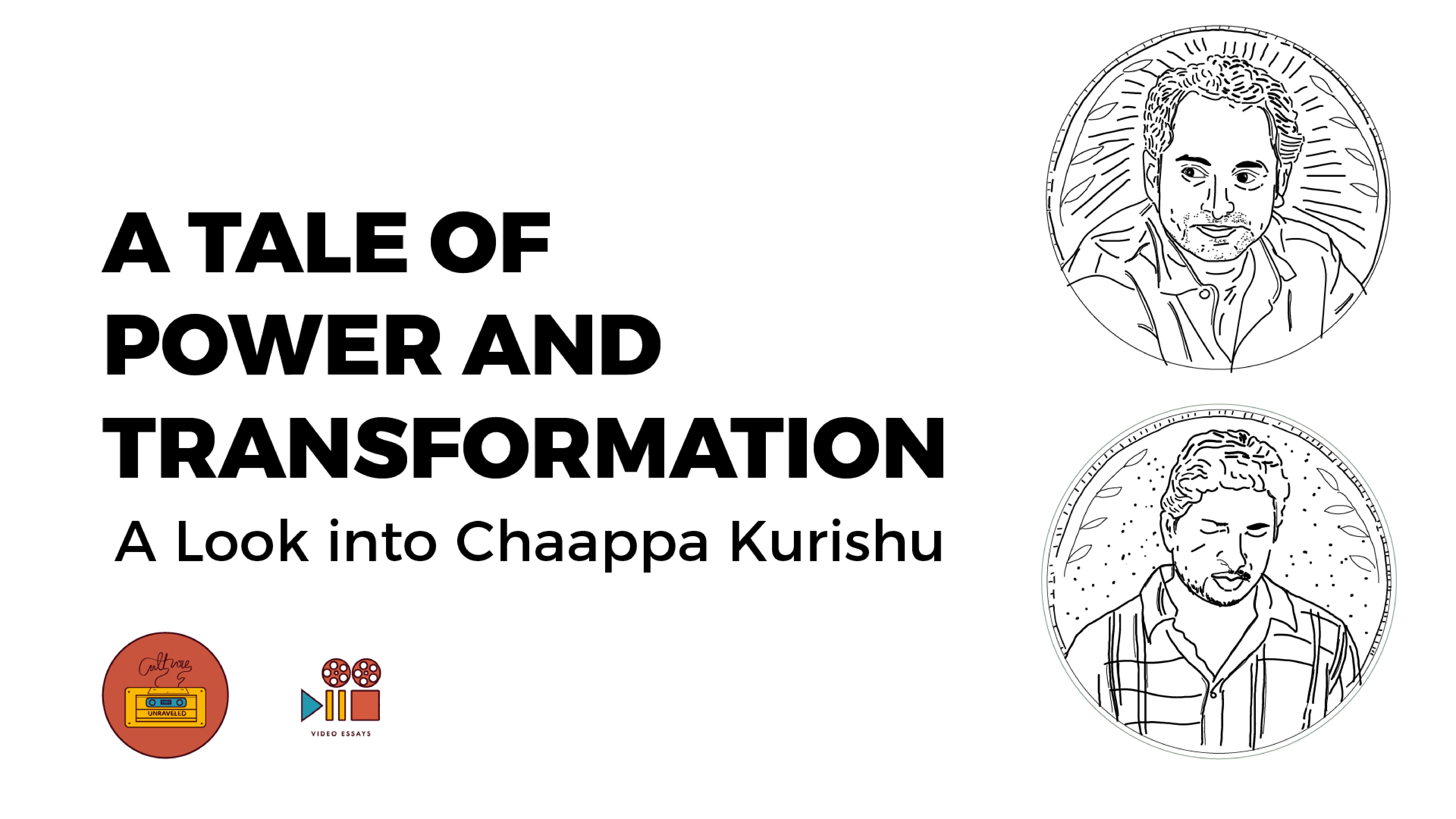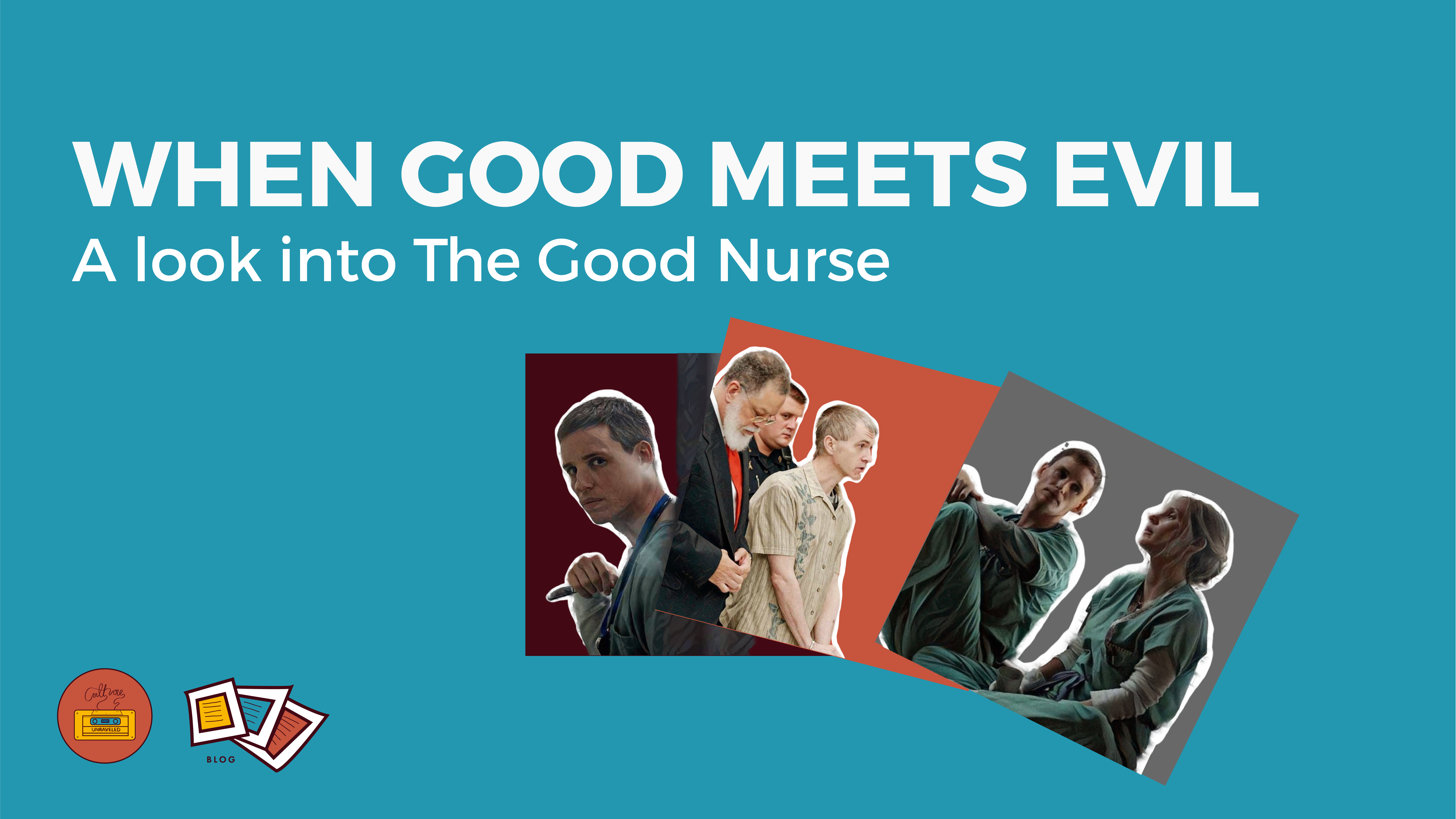
In the movie, “The Good Nurse,” we see Amy, a compassionate but overworked nurse at Parkfield Memorial in New Jersey. She works to secure her and her children’s well-being, despite suffering from a heart condition called cardiomyopathy. Due to a lack of health insurance to pay her medical bills, Amy has no choice but to continue working until she finishes a year at the hospital. She must also keep her illness a secret from the hospital’s administration to prevent getting fired. Working in such high-stress circumstances pushes her beyond her physical and emotional capacities, and things get bleak. But then, she meets Charlie Cullen, a newly appointed nurse who quickly becomes her friend, and the plot deepens.
The story unfolds with the friendship that grows between her and Charlie, who helps her work the night shifts and keeps her illness a secret from the authorities. Their bond strengthens as Amy discovers that Charlie is a single parent of two little girls. And when he becomes quickly acquainted with her daughters, Amy finds herself reassured in his friendship with a rare glimmer of hope. Charlie’s gentleness and care for her lead her to trust him. But just when things seem to be turning around, Amy discovers that Charlie might not be who she knew.
With recurring deaths occurring in the hospital and one of the deaths becoming a matter of suspicion, Amy eventually understands that Charlie is a murderer. Charlie’s case becomes even more evident when Amy finds out that he adulterates the IV bags they use for treating patients with insulin and digoxin, medications that can slowly kill the patient as the saline enters the bloodstream. An investigation is set in place, and the police arrest Charlie with Amy’s help. Amy risks her life and work in doing so, as it is clear to her that the hospital only sought to cover for Charlie, just like the rest of the hospital boards Charlie worked for earlier, where he killed numerous patients so that they could save themselves from being liable to reputational and financial ruin.
The police lock up Charlie, and despite their attempts to make him confess, he would not admit guilt. Instead, he screams at the top of his lungs that he cannot reveal why he did all those murders. At this point in the movie, we glimpse how Charlie’s soft-spoken and friendly demeanor was all but a pretense that covered his malevolence. Yet it is not until Amy meets him again that we discover that Charlie’s goodness might not all be false.
The story continues, and the police tell Amy that they cannot get a confession out of him, and Amy requests them to speak with Charlie. This is when we see the side of Amy as the compassionate, warm nurse she always was. She talks to Charlie warmly, telling him that she can never understand why the goodness she sees in him doesn’t add up to the fact that he killed people. After she gently persuades him to explain why he murdered all those patients, Charlie simply says, “They didn’t stop me.” How Charlie responds to Amy’s gentleness draws the viewer’s attention to reconsider Charlie’s malevolence. Could Charlie’s goodness be honest but only gets distorted as it becomes a way of covering up his dark side? The movie ends with Charlie walking away handcuffed and Amy returning home to her daughters.
While the plot is relatively straightforward with a very thin screenplay, the movie still resonates with an audience who looks for less dramatic storytelling. And as the film is based on a true story, the themes highlighted in it become more important than the plot itself. One of the themes that stands out in this movie is the portrayal of human nature which often has a dark and complex side. The dark side of human nature, as characterized in Charlie, is not always the polar opposite of goodness. Instead, human nature is a mixed bag of motives, either with evil outweighing good or evil distorting good.
While Charlie is clearly a murderer, and there is nothing inherently good about being a murderer, the fact that he responds to Amy with a sense of honesty suggests that humans have a tendency to respond to love, even when the darkest of our sins are exposed. In fact, it is precisely in being exposed to his evil in the presence of someone who truly loved him and cared for him, does Charlie respond honestly. We can see that it was only Amy’s friendship and love that allowed us to see that tiny bit of good in Charlie. Yet his honest response to Amy is insufficient
to clean up his dark side, as it only gets engulfed by its evil. We see, in the end, that Charlie’s goodness is so distorted that it does not have the quality of being good anymore.
Thus this movie challenges us to confront the complexities of human nature. It suggests that love and compassion have the power to bring out honesty, even from the darkest corners of our souls. However, it also underscores the importance of recognizing and addressing the consequences of our actions, as Charlie’s response to Amy is not enough to redeem his malevolence. The plot serves as a vehicle to explore profound themes rather than being the primary focus. It provides a thought-provoking narrative that leaves viewers contemplating the intricate interplay between good and evil within humanity. By shedding light on the depths of darkness that can reside within individuals, “The Good Nurse” challenges us to reflect on our own capacity for both kindness and malevolence. Even more so, it challenges us to reflect on our ability to exercise our wills to choose goodness over evil, rather than let the evil in us take over and taint the good, especially when we are confronted by something as powerful and ultimate as love.
_________________________________________
Written by Roselina Vundi

